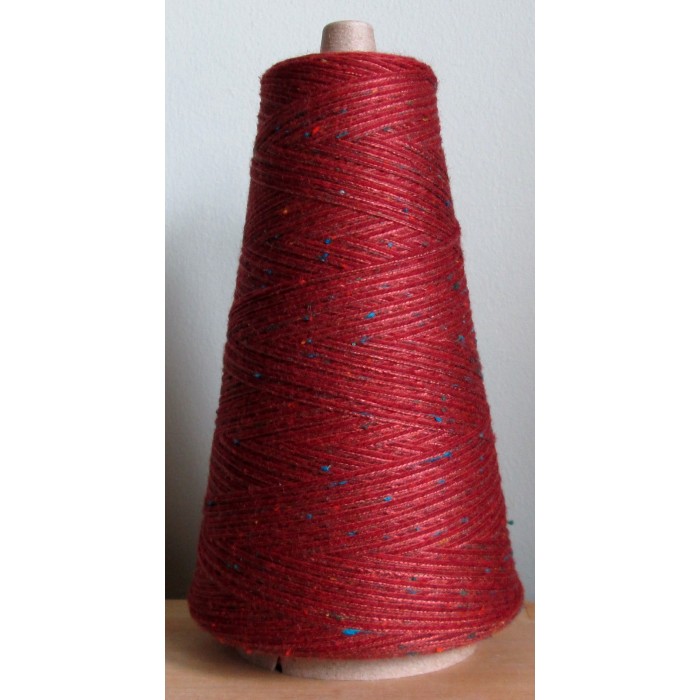Silk Yarn
Learn more about some of the major fiber types!
Silk yarn is an exquisite fiber to work with! Unlike other animal fibers, silk does not grow, it is excreted from silk worms. Unlike most other animal fibers, which are mostly processed in commercial mills, silk processing is still done mostly by hand which is why it can be so expensive.
Silk can feel warm even when wet, making it a great ingredient in hats and mittens for the Portland winter. Silk is also one of the strongest fibers on the planet so it can safely be used in garments that will get vigorous use or be exposed to friction regularly.
Silk has some memory and, if it gets stretched, can be returned nearly to its original shape through blocking. Silk is very slippery and may be difficult to knit on metal knitting needles. If you find your stitches slipping off your metal needles when you don’t want them to, try switching to bamboo needles which offer some resistance to the silk’s tendency to slide
Silk is produced by silkworms, which feed exclusively on chopped mulberry leaves; these have no tannin, so the resulting fiber is a brilliant, pure white. Unlike other animal fibers, silk does not grow, so it has no cellular structure. It’s composed of a viscous protein fluid, known as fibroin, which consist of digested leaves that are secreted by the silkworm. Viewed up close, the fiber has the smooth, scale-free finish of a rod of glass.
A warm fiber, silk knitting yarn has similar hygroscopic qualities to wool. It can absorb and release moisture and feel warm against the skin, even when wet. Silk is one of the strongest fibers on the planet. The fiber will stretch with elasticity, but it’s slow to recover and may not quite make it back to the original shape.
Bombyx silk is naturally a bright white, with a smooth, translucent, and lustrous surface that accepts dye brilliantly. Tussah tends to be a coarser but stronger fiber with a dull, “raw” appearance that’s not nearly as brilliant and shimmery as bombyx, but it’s less expensive.
The main thing you’ll notice when working with pure silk is its smooth, slippery surface and lack of bounce or body — very similar to rayon. On its own, you have a fluid material with relaxed drape and gorgeous reflective qualities–a dream for lace shawls and slinky tops.
But if you want to make something with a little more body and hug to it–say, a ribbed sweater or a pair of socks–you’ll benefit from a yarn that blends well with more durable, elastic fibers, such as wool.
Purchase your silk yarn in any quantity or weight you’d like, using our Custom Yarn Creator.
- Type of fiber: Protein (derived from animals)
- Hand: Insulating, fantastic drape, wonderful sheen
- Care: Hand wash, lay flat to dry
View all of the silk yarn we have in stock by visiting our Custom Yarn Creator!

Source: The Knitter’s Book of Yarn: The Ultimate Guide to Choosing, Using, and Enjoying Yarn by Clara Parkes
Here’s one of our favorite silk-based house blends that we carry here at Yarnia, Harvest.






